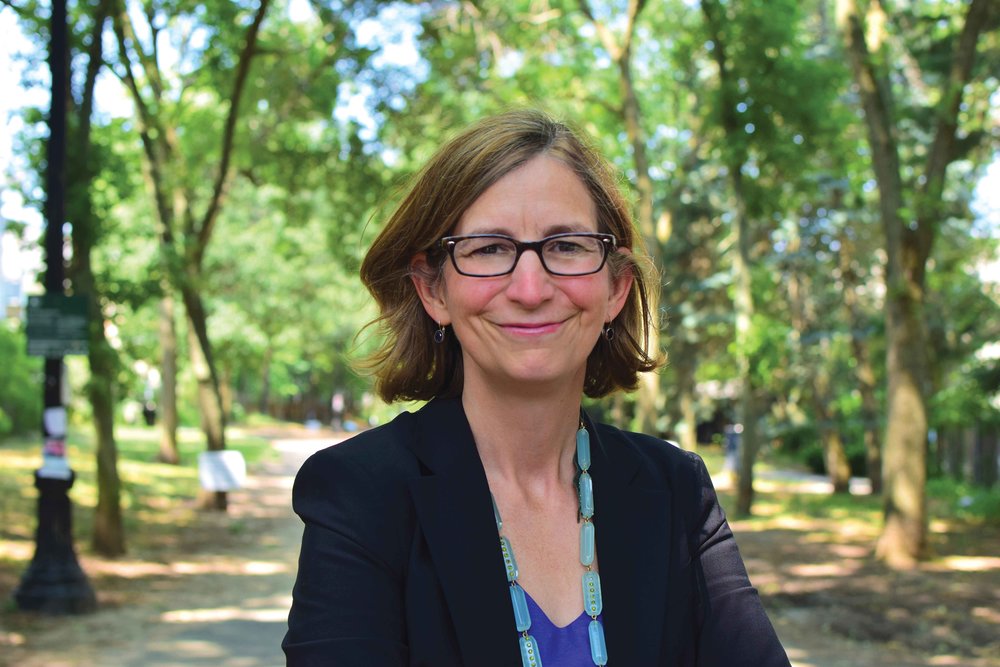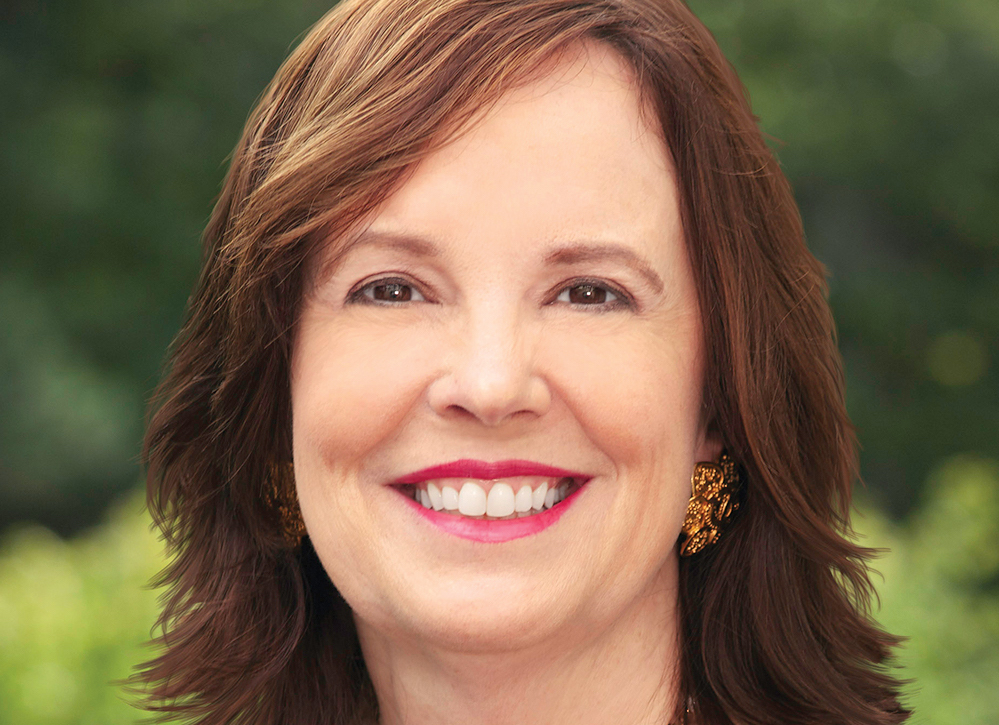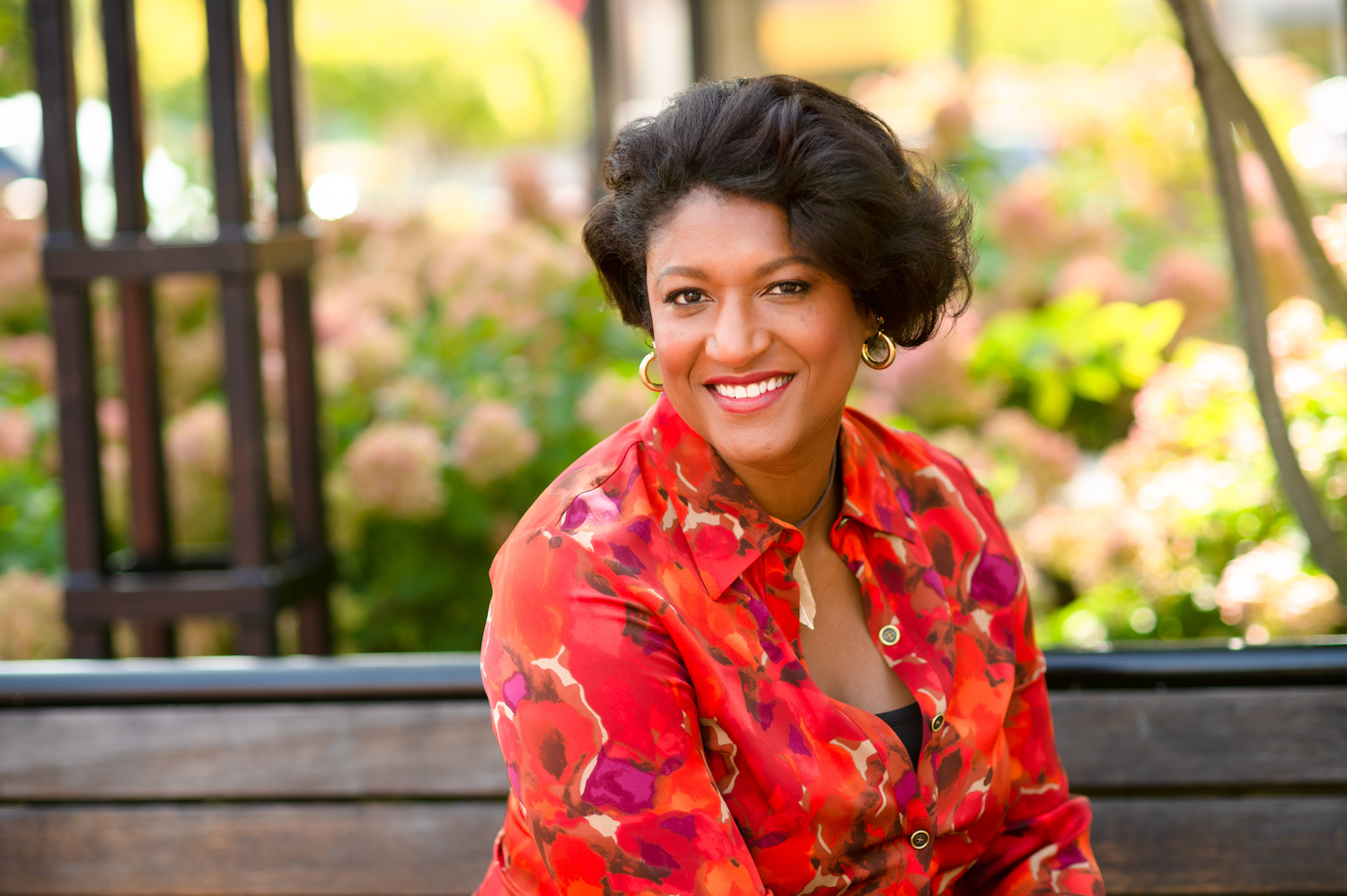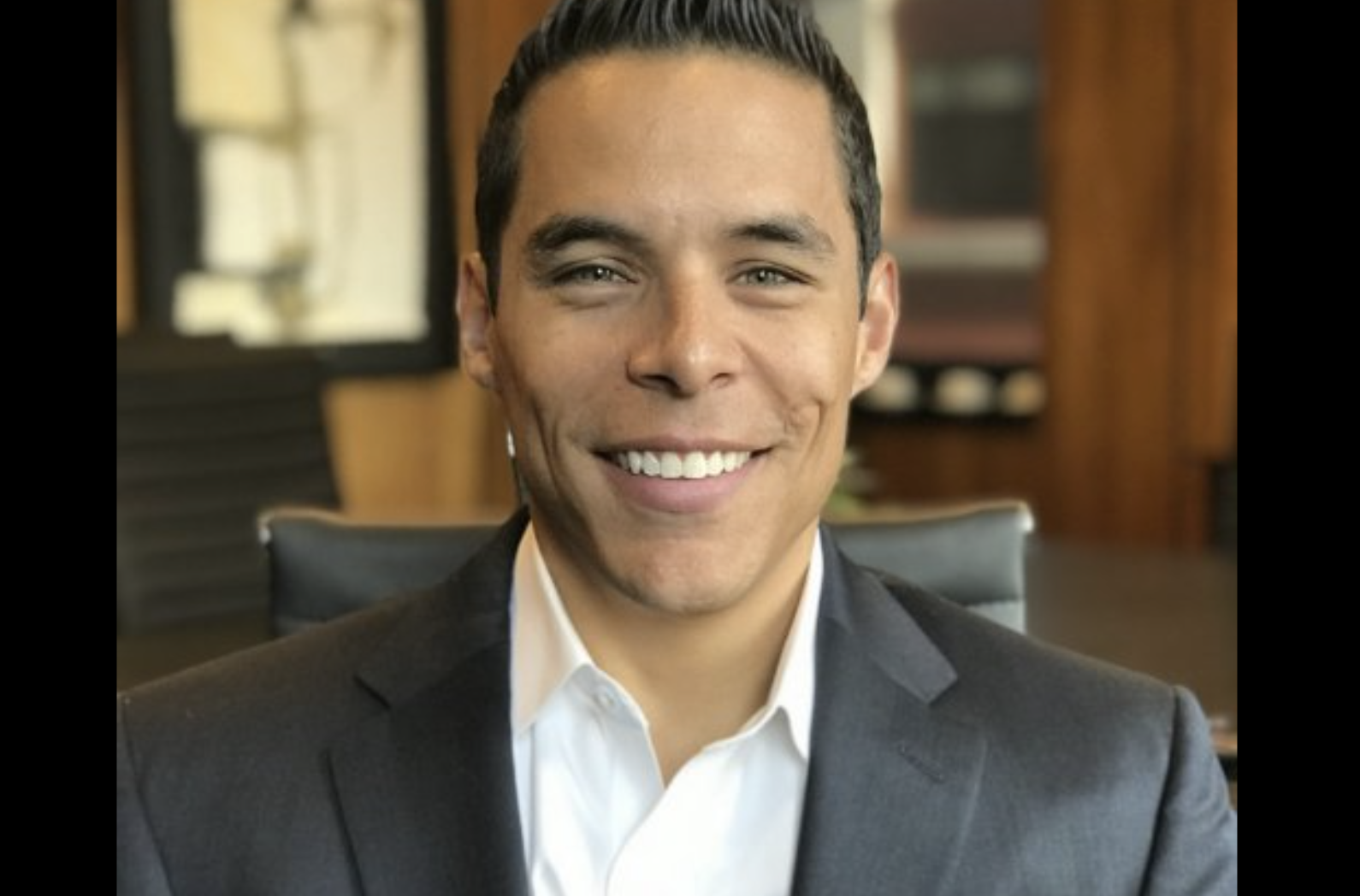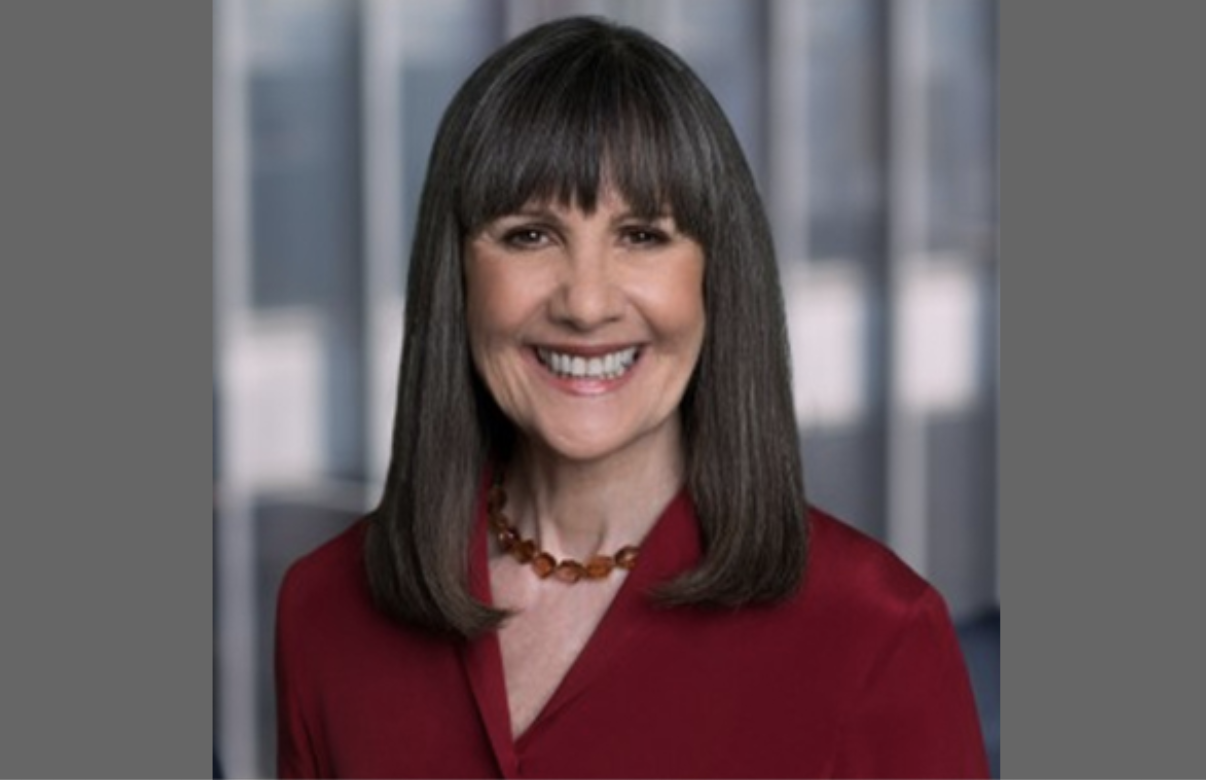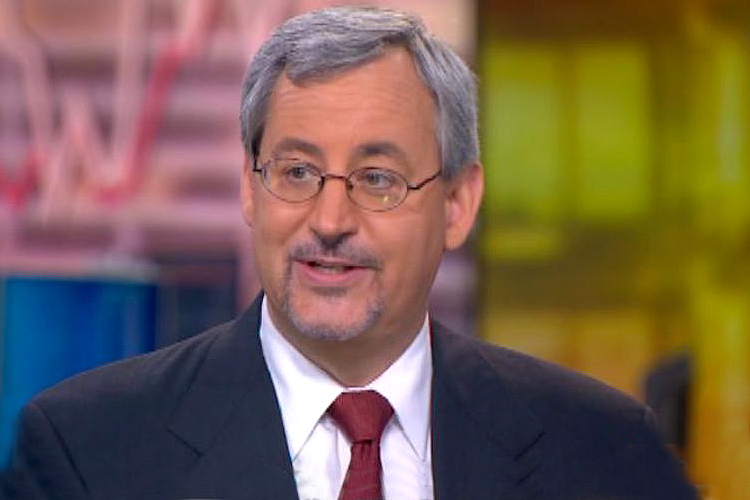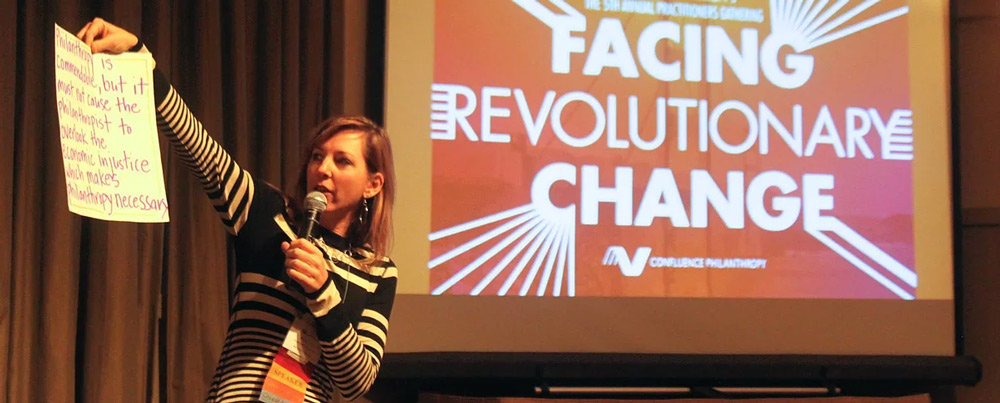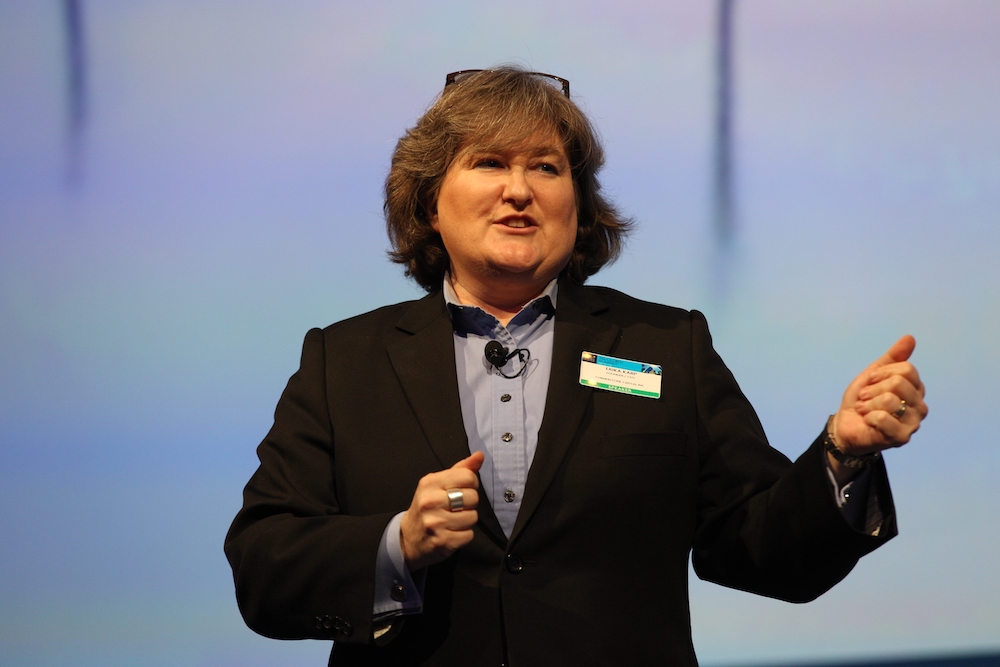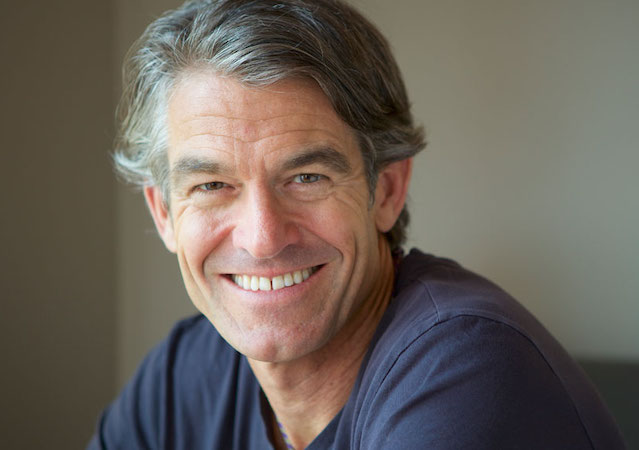I was tucking my oldest son into bed when the question came.
“Mom, have you ever wanted to go to bed and not wake up?”
He was in fifth grade.
“The world is scary,” he continued. He told me he was worried about hurricanes, school shootings, wild fires, our then-president, who every day seemed like he was trying to make things worse. “It doesn’t feel like it’s getting any better.”
These moments never come when you’re ready for them.
“It feels that way sometimes,” I told him, trying to respond simply and from the heart. “The world can get overwhelming. But when I go to bed, I know that I’m doing my best to keep you safe. I’m working every day – and I know a lot of other people who are working every day – to make the world a better place for you to grow up in.”
The conversation still sticks in my head; just thinking about it brings a lump to my throat.
But in my answer to him, I articulated the vision that’s a driving force behind the work I do and the way I invest not only my money, but my time, energy and attention: Build a better world for all of our kids.
I do this work with a focus on the future and with the urgency that comes from knowing that the decisions we make today – about how we invest, who we invest with and who we invest for – will shape the systems we live with for generations to come.
Money and mission are connected
The individuals and ideologies that have shaped my investment philosophy and professional path all agree: money and values are intertwined. As Keith Mestrich and Mark Pinsky argue in Organized Money, our investments push forward an agenda – whether we intend them to or not – so it makes sense to put our money where our mouths (and minds) are.
Here are the frameworks guiding my investment:
- Redefine “investment.” In The Resilient Investor, Hal Brill, Michael Kramer and Christopher Peck of Natural Investments make the case that investing isn’t just what you do with your stock and bond portfolio. It’s also what you do with your time, your energy and your attention. They argue that all those investments generate returns, positive and negative, and that we should strive to build a “balanced portfolio” that rewards us emotionally, spiritually and financially – while helping us to weather whatever challenges life throws at us.
- Make those investments worthwhile. Brill and his colleagues suggest thinking about investments in a three-by-three grid: looking at personal, physical and financial assets across investment strategies focused on close to home, sustainable global economy and evolutionary investing. A resilient portfolio has investments in each square on the grid and generates returns – both financial and otherwise – in all of them.
When I volunteer at my son’s school or my local community farm, I’m making a personal investment that strengthens my community and pays “dividends” in relationships and a sense of connectedness close to home. My umoja note with the Boston Ujima Project is a financial asset that represents an evolutionary investment in a solidarity economy. It pays interest while “paying it forward,” bearing risk while putting decision-making authority for new investments in the hands of Boston residents. In both cases, I’m investing in a better world – the world where I want all our kids to grow up.
- Trust unconventional wisdom – and yourself. My advisor, Julie McVeigh of Fresh Pond Capital, a division of Reynders, McVeigh Capital Management, won me over as a client when she explained that conventional wisdom was just that – conventional. We’d asked for advice on buying our first home. After showing us how much mortgage we could afford, she made a great case for why we shouldn’t afford it. “You guys are squirrels,” she told us. “You’ve saved a lot of money. Transfer that savings to your house” – making a larger down payment and taking a smaller mortgage – “and you’ll have greater flexibility if you want to take time off to raise your kids, or to be picky about your next job opportunity, without worrying about all that extra debt hanging over your head.” We did just that – keeping the mortgage for our new house in line with what we’d been paying for our Cambridge condo. I sleep easier knowing we have a payment we can afford, and that our house – our largest asset – is basically money in the bank.
Conventional wisdom – about what’s investable, how investments should be structured, or how to build a portfolio – often comes from investors with a conventional lens and bias and typically leads to conventional results. I’ve seen that lesson repeated in my work at Sunwealth and at BlueHub Capital, a Boston-based CDFI: players in capital markets overlook low-income communities and communities of color, resulting in markets that are underserved and underrepresented in conventional portfolios.
Our communities are also ripe with opportunity – both financial and impact – if you adjust your lens. Unlocking that opportunity requires discipline, expertise, collaboration – and often a time frame that extends beyond quarterly earnings reports. But we’re in it for the long run, as Julie and her partners explain, and the rewards are worth it.
What’s in My Wallet
Women’s magazines often run a back-page feature showing a photograph that purports to depict the contents of some celebrity or socialite’s purse. It’s typically lip balm, beauty products, maybe some candy – artfully curated to provide a so-called “inside look” at the person behind the public facade. To me, the more interesting question is: What’s in your wallet? Specifically, where do you choose to invest? And what’s your money doing when you’re not using it.
Here’s what’s in mine:
Equities for conscious growth. I’m invested in the stock market – heavily – in a portfolio put together to reflect the values my spouse and I share. Outside of our house, equities comprise the largest part of our portfolio, representing 94% of our investable assets.
We both turned 50 this year. According to conventional wisdom, which suggests 100 minus your age for the right equity allocation, we’re overinvested in the market. Here’s why we’re comfortable with that:
- We have plenty of savings. In addition to our home, we’ve got a rainy day fund – enough savings to keep us afloat for more than six months. We keep a lot of that money at our community bank.
- We invest for value. We’re not taking shots. Our strategy is research-driven, focused on companies with solid fundamentals, progressive management and long-term growth potential. Our advisors apply a rigorous ESG screen to every investment, focusing on industries with consistent or growing demand, including environmental technologies, health, climate change and information mobility.
- Our time horizon is long. We don’t plan to retire for a while. And we both have retirement funds invested with a more traditional equities/fixed-income allocation in mind.
Reynders, McVeigh’s Core Equity Fund (ESGEX) is our largest holding, representing 10% of our portfolio. Our five biggest individual holdings are Tesla, Danaher, Apple, MarketAxess Holdings and Mastercard. We also invest in communications companies (including New York Times – where we met!), good banks (Amalgamated and Eastern Bank), industrials (railway, wind and solar), real estate (Boston Properties, which I know from my work at Sunwealth) and video games (Nvidia – remember, I have a middle schooler!).
What’s not in our portfolio: Fossil fuels. Big banks. Companies we know engage in business practices we don’t like.
CDFIs and impact funds for fixed income. The remaining 6% of our portfolio is fixed-income investments, with almost all of it in CDFIs or other low-risk, high impact investments focused on access to economic opportunity. After two decades in CDFIs and at Sunwealth, I know there’s hidden value in this sector.
Our investments deliver fixed-income returns of 1-6% with terms of 2-10 years – and the barrier to entry is low, with my smallest investment at $2,000 (with Calvert Notes, you can invest as little as $20). At the same time, they’re addressing two of the biggest existential threats of our time: climate change and economic inequality.
Among my favorites: Sunwealth’s Solar Impact Bond (climate justice); Hope Enterprise Credit Union (banking the unbanked/Deep South); Capital Good Fund (small loans to individuals); Boston Impact Initiative (racial wealth gap); Ujima Fund (democratic investment); BlueHub Loan Fund (affordable housing) and BlueHub SUN (foreclosure relief); as well as Bond offerings from Calvert Impact Capital, Capital Impact, LISC and Self-Help.
From an impact perspective, this part of the portfolio makes my heart sing.
It’s also the part my kids want to talk about. “Those are Mom’s solar panels,” they say, as we drive past the Clark’s Shoe headquarters in Waltham. My youngest asked me to talk to his class about how our investments are fighting climate change and saving people money. “So they have more money for stuff that matters,” he explained, “Like their kids.”
Conversations about money are often taboo. But conversations about how we invest our resources – our time, our energy, our attention and our money – get to the heart of what we care about and how we’re going to change the world.
Does the state of the world ever make me want to crawl under the covers? Sure. But the next morning, I wake up, get dressed, roll up my sleeves and get to work.
I want to be sure I’m fully invested in building a better future – in every sense of the word.
Jessica Brooks is chief development officer at Sunwealth.
Thanks to Confluence Philanthropy for sharing Jessica Brooks’ post.

